Side Leg Raise Exercise: Health Benefits, Variation, How to Do?
Introduction:
- Side leg raises, also called side leg lifts and side-lying leg lifts, and straight leg abduction.
- This is a bodyweight exercise which activates muscle groups throughout your whole body.
- Which mostly includes your hip abductors, gluteal muscles, core, hip flexors, hamstrings, and lower back muscles.
- Side leg raises involve abduction, or taking away the leg from your midline position.
- It is a great and simple exercise to build strength in the outer thighs and the hip abductor muscle.
- Which involve the gluteus medius and minimus.
- When these muscles are not used for a long period of time.
- Then they became weaker. For compensatory movements, the body recruits other muscles to perform the activity.
- Over time, these muscle imbalances can cause pain and create improper posture.
- You can do this with different positions like lying down or standing using just your body weight.
- This makes it easy to sneak in a few repetitions pretty much anywhere.
- Weakness in the hip abductor muscles, particularly in the gluteus medius, may lead to overuse injuries, which may lead to patellofemoral pain syndrome (PFPS), and iliotibial (IT) band syndrome. PFPS can cause pain behind your kneecap.
- When you sit for prolonged periods or when going downstairs.
Which muscle does the side leg raise?
Side leg raises target this muscle primarily,
- Gluteus medius
- glutes minimus
- tensor facia lata (TFL).
The benefits of doing side leg raise
- Hip abductor strength helps to better stability while standing, especially when standing on one leg
- Helped reduce knee pain in runners
- Helps to fulfill daily activities like being able to get out of bed, step into a car, or get out of a restaurant booth.
- You will get a better range of motion in the hips
- Better body stabilization
- Abductor muscles that are not usually strong in those who sit for long periods of time in their daily routine.
- Improve muscle endurance
- Side leg raises increase mobility in your hip joint. if you doing this in proper form, side leg raises help to build strength in the hip abductor muscles responsible for pushing your leg lateral from your body—especially the gluteus minimus and gluteus medius muscles.
- Helps to improve your core strength. By activating your abdominals, hip flexors, and lower back muscles, the side leg raise is a great exercise for improving functional strength and stability throughout your core muscle.
- Side leg raises are versatile.
- Once you have practiced the standard side leg raise, consider trying a more challenging variation using weights over the ankle or a resistance band wrapped around your legs.
- If you want to activate your stabilizer muscles more then go for the standing side leg raise variation.
- Strengthening abductor muscles through side leg raises can also help to prevent injury and hip, knee, and back pain.
- Reduce knee valgus
- It will help to maintain your balance, posture, and everyday activities easier.
There have two variations for side leg raise:
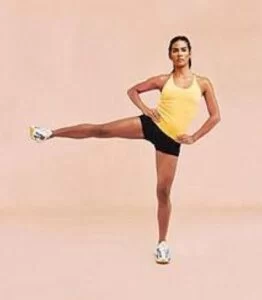
Standing side leg raises
- A standing leg raise is an extremely advisable exercise because in this variation no need for any equipment you can do it anywhere.
- if you have some balance issues then use a chair or table for support.
- How to do:
- for this exercise you have to stand upright with your toes facing forward direction, your hand should be placed out in front of you or by your side.
- When you lift your left leg up from the ground with your foot flexed on a lateral side.
- that time you have to breathe in and shift your weight into your right foot.
- When you breathe out bring your left leg back to the ground near to right leg.
- Do this for 10 to 15 times then go for another leg. for 2 to 3 sets.
Supine side leg raises
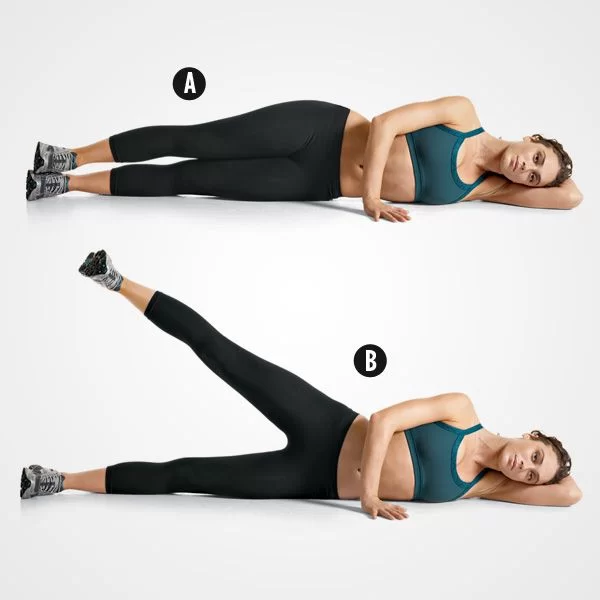
- How to do:
- For this exercise, you have to lie down on your left side on a mat or ground. your whole body should be in a straight line with
- Both legs are straight and the feet are stacked on top of each other.
- Your hand will be placed on the ground under your head for support.
- Your right hand should be placed on your left leg or on your hip to get extra support.
- As you breathe out you should gently take your right leg up toward the ceiling.
- Take up until you feel your lower back and obliques are feeling slightly flexed.
- Breathe in and take your leg down. Do this movement 10 to 15 times on the same leg.
- Then go for another leg. You have to do 2 to 3 sets.
To make standing leg raises easier:
- Then take one chair or stand near a wall to take support.
- Do not raise your leg too high. then you progress with both the standing or supine side leg raises variation, and you may want to make it more challenging.
To make side leg raises challenging:
- Add some weights(sandbags)over the ankle.
- Use resistance bands or tubes to get more strength you also use both weights and resistance bands you should go in a side plank position.
- While you do your leg raises Weights placed on your ankles and the resistance bands should be placed around your thigh area.
- There has different color coding in resistance bands to increase resistance.
There have some Tips for performing side leg raise exercises:
When you are standing (Standing side leg raises) :
- Try to straighten your legs.
- It will help you get the most out of the exercise and prevent any strain to your back muscle.
- Ensure that your both hip joints are in line and your knees are not locked.
- The knee should be soft and relaxed when you progress through the exercise.
- Try to straighten your spine throughout the exercise.
When you are lying down (Supine side leg raises):
- You have to take care that you should never take your leg too high throughout the exercise.
- You will take it down when you feel pressure in your lower back.
- Remember to breathe normally throughout the exercise.
- You can breathe in while raising your leg and breath out as you lower your leg, or the other way around.
- Take some breaks in between exercises and hydrate as needed.
- Know your limits for exercise and stop when you feel tired.
When you should not to do this exercise?
- If you have a back injury
- If you have a hip injury
- To prevent any injury you should keep your spine neutral.
- You have to perform this exercise tension free on your joint.
- If you feel any pain during exercise.
- if exercise will increase your pain.
FAQs
What are side leg raises good for?
The side leg raises help you establish a strong core that can enhance functional strength and stability by strengthening your hips, glutes, and abs. This is a fantastic exercise that targets both your glutes and core at once.
Are side leg raises good for knees?
If you have pain or want to strengthen both your hips and your knees, side-lying leg lifts are a good workout that helps to increase the mobility in your hips and not put too much pressure on your knee joints.
What strength is side leg raise?
The strength required to perform a side leg raise exercise can vary depending on several factors, including an individual’s fitness level, body weight, and the specific variation of the exercise being performed.
The muscles of the outer thighs (abductors), the hip muscles (gluteus medius and minimus), and, to a lesser extent, the core muscles for stabilization, are generally the main targets of side leg raises.
Should men do side-leg raises?
Yes, both men and women can benefit from including side leg raises in their fitness routines. Side leg raises are a valuable exercise for several reasons:
The gluteus minimus, a muscle on the side of your butt cheek, is strengthened by the lateral leg raise and is essential for stabilizing your knees, hips, and lower back during activity.
Can side leg raises make your hips wider?
Your hip muscles may become bigger and more toned if you perform side leg lifts to strengthen and grow them. Through regular strength training of the linked gluteal and hip flexor muscles, you can develop a more shaped hip area.
How many leg raises a day?
The range of reps and sets would change depending on your degree of fitness. Building and shaping your abs involves performing three to four sets of lying leg lifts with ten to twenty repetitions each. Even better, you’ll experience gains in your stomach that far beyond your wildest expectations if you mix this with cardio and weight training.
Can I do side leg raises everyday?
When performed with perfect form, the side leg raise, a leg lift exercise, targets several muscle groups, including the hip flexors, lower back, core, glutes, and hamstrings. This easy exercise performed every day will assist in strengthening the hip, lower back, and abdominal muscles.

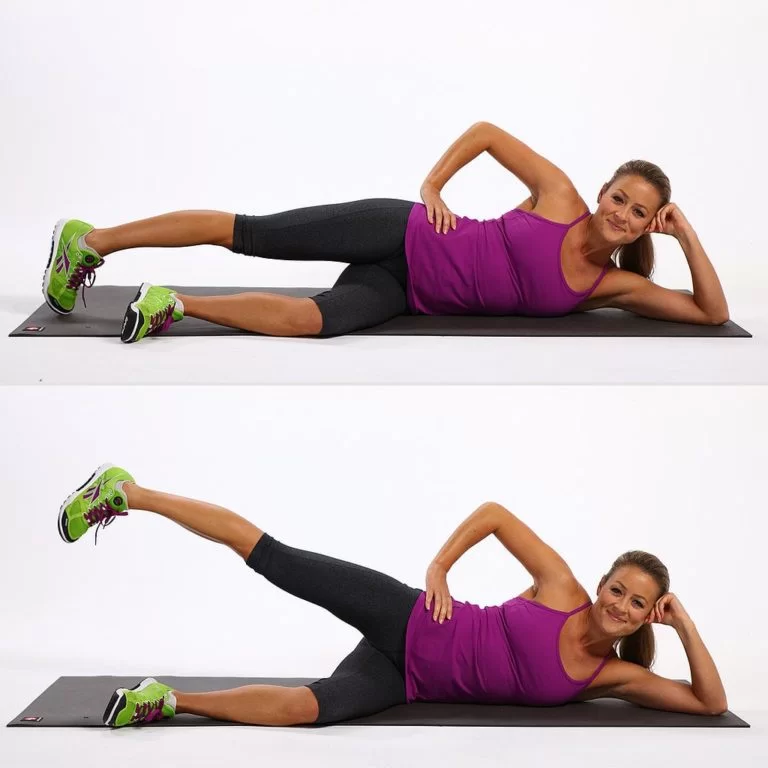

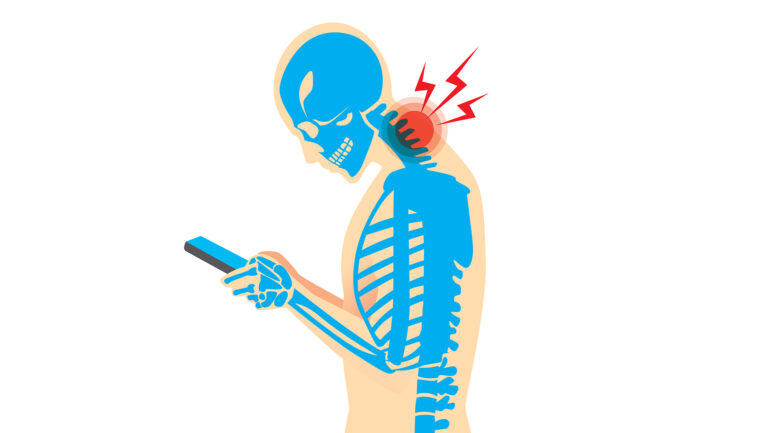
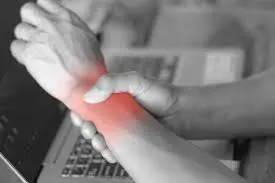
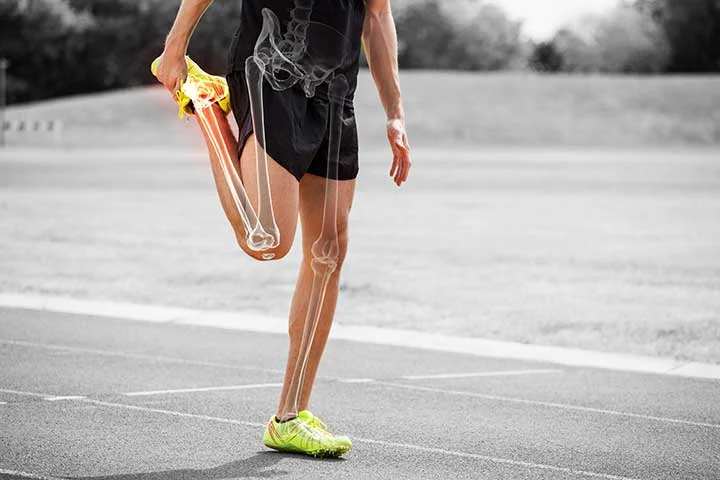
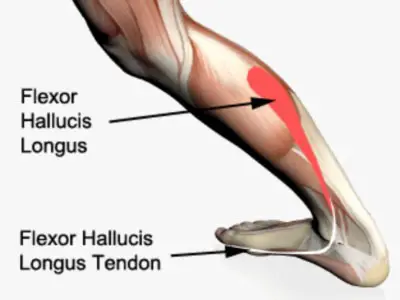
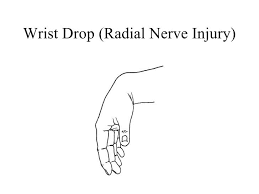
2 Comments